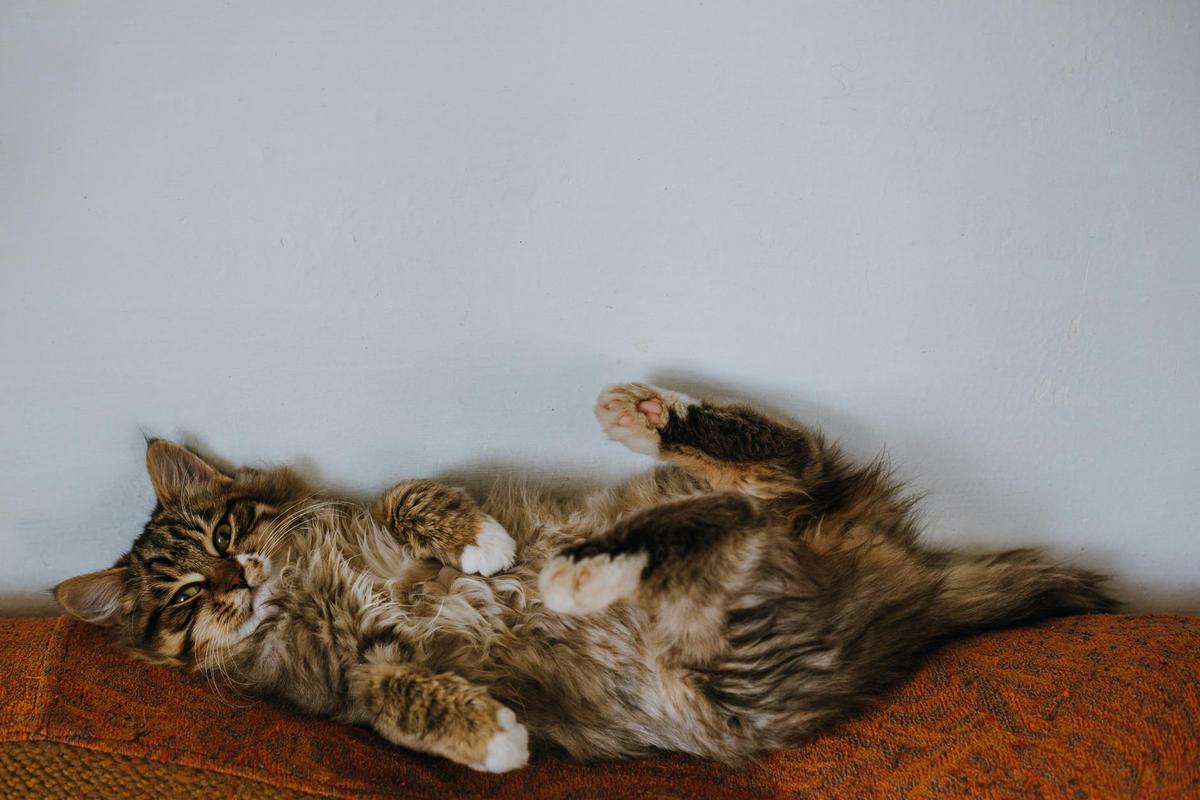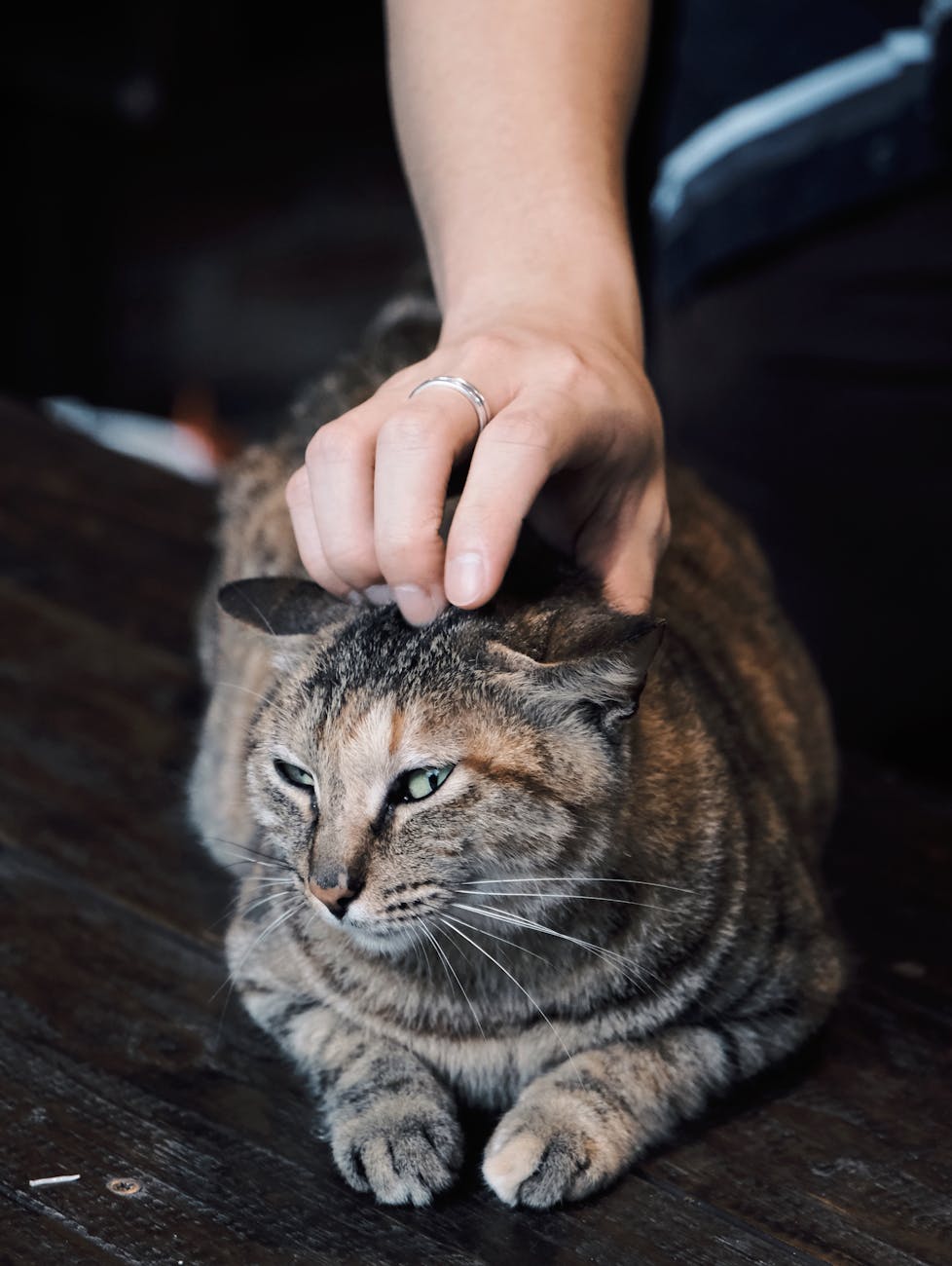Understanding the signs of a happy and content cat can deepen the bond you share with your feline friend. Recognizing these indicators not only enhances your pet’s well-being but also contributes to a harmonious household.
Cats have long been regarded as enigmatic creatures, often leaving their owners guessing about their feelings. However, understanding the signs of feline happiness is not as mysterious as it may seem. In this article, we delve into how you can discern whether your cat is truly content.
Interpreting Feline Behavior
Dr. Daniel Mills, a renowned animal behaviorist, suggests that a cat’s body language is a crucial indicator of its emotional state. A relaxed posture, slow blinking, and a gently swaying tail can be signs of contentment. According to a study published in the Journal of Veterinary Behavior, cats who exhibit playful behavior, such as chasing toys or pouncing, are generally happier than less active cats.
Signs Your Cat is Happy
- Purring: Often associated with contentment, though not always a definitive sign, as cats may also purr when in pain.
- Kneading: A throwback to kittenhood, this behavior is a sign your cat feels safe and comfortable.
- Grooming: Cats that groom themselves regularly are generally in a good mood.
- Appetite: A healthy appetite can be a sign of a happy cat.
Personal Experiences
When I adopted my first cat, Luna, I was unsure if she was happy in her new environment. Over time, I observed her behavior and noticed she would curl up next to me, purr softly, and even bring me her favorite toy. These actions assured me that Luna was indeed comfortable and content.
Creating a Happy Environment
Providing a stimulating environment can enhance your cat’s happiness. Consider interactive toys, scratching posts, and cozy resting spots. Regular playtime can also contribute significantly to a cat’s mental and physical well-being.
| Sign | Indication |
|---|---|
| Purring | Contentment or pain |
| Kneading | Comfort and security |
| Slow Blinking | Trust and affection |
| Grooming | Well-being |
| Playfulness | Happiness |
| Appetite | Health and satisfaction |
| Tail Position | Emotional state |
| Vocalization | Communication |
To foster a bond with your cat, try mimicking their slow blinks. This gesture is often referred to as a ‘cat kiss’ and can strengthen your connection.
Further Reading
For more insights into cat behavior, consider visiting PetMD’s cat behavior section or ASPCA’s guide on cat behavior.
Frequently Asked Questions
How can I tell if my cat is stressed?
Signs of stress in cats include hiding, excessive grooming, and changes in appetite or litter box habits.
Is purring always a sign of happiness?
While purring often indicates contentment, it can also occur when a cat is in pain or anxious.
In conclusion, understanding the nuances of your cat’s behavior can unlock a deeper connection and ensure their happiness. By creating a supportive environment and paying attention to their cues, you can help your feline friend lead a joyful life.




Leave a Reply